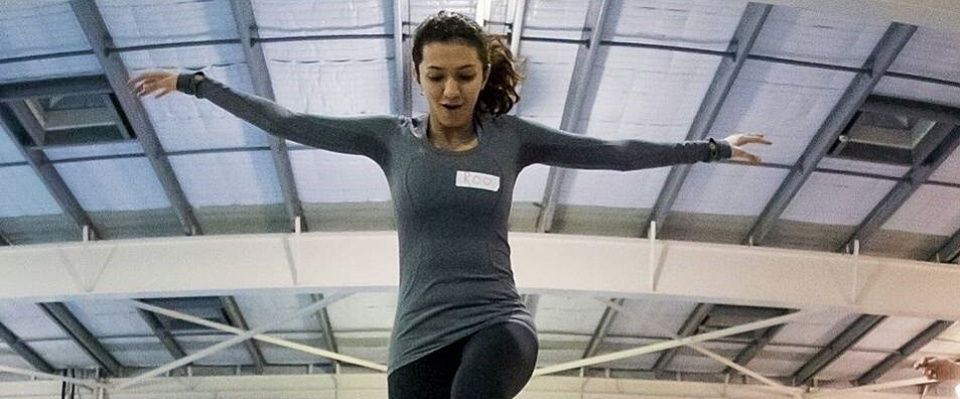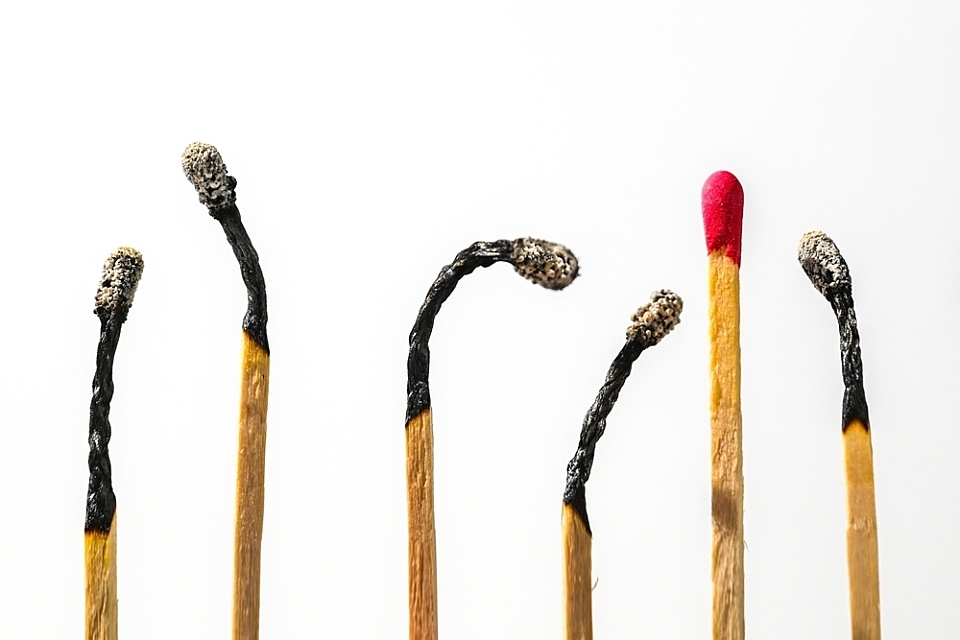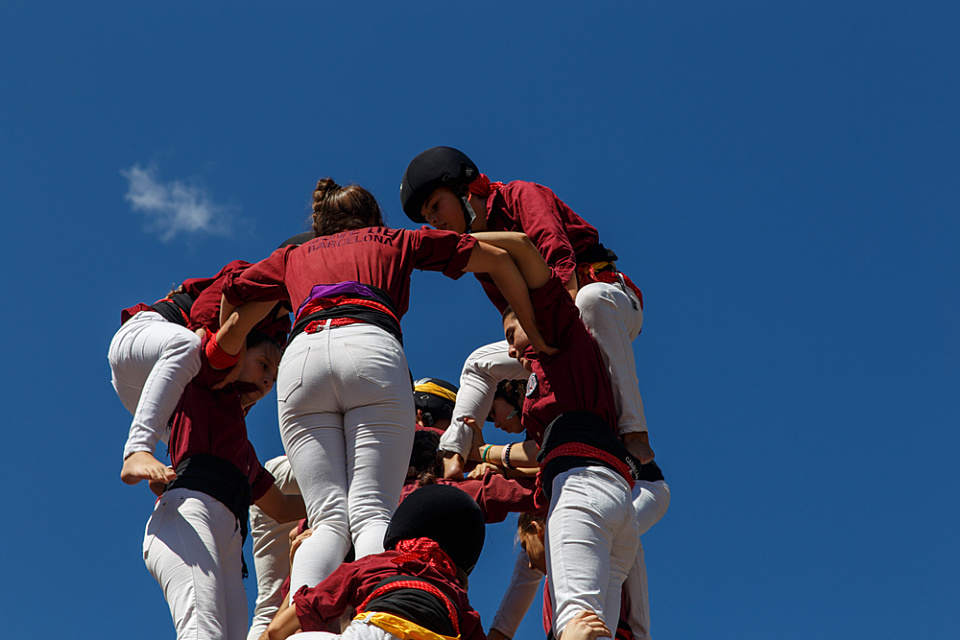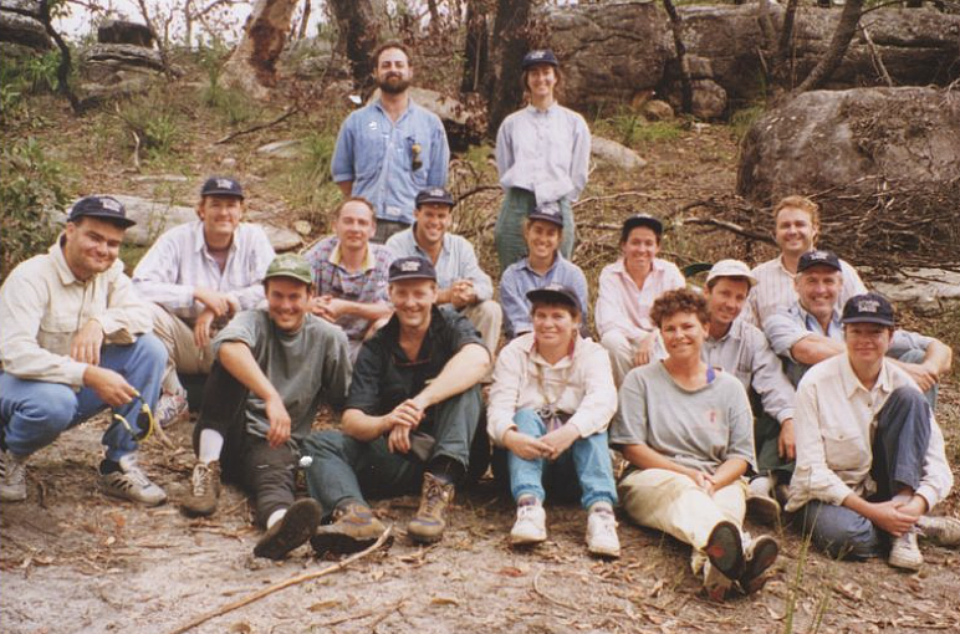
ICDA and BoardPro partnership unlocks digital governance tools for not-for-profits nationwide
Posted on 10 Dec 2025
Adele Stowe-Lindner, Executive Director, Community Directors The Institute of Community Directors…
Posted on 25 Aug 2023
By Greg Thom, journalist, Institute of Community Directors Australia

A report has highlighted the importance of arts projects in aiding rural communities’ recovery when disaster strikes.
The Impacts of Creative Recovery report found artistic endeavors were central to building community resilience and wellbeing.
They also helped affected communities to prepare for, respond to, and recover from extreme events.
The study was carried out by the Creative Recovery Network, a national agency linking the creative sector with communities and disaster management.
The report reviewed five diverse arts-led projects funded by the Foundation for Rural and Regional Renewal (FRRR) following different disaster events.

Researchers Elouise Bagnara and Bronwyn Ward explored project outcomes across four key areas:
They concluded creative projects should be embedded in disaster recovery efforts, to mitigate the impact of disasters and the ensuing sense of disempowerment due to stress and strain that so often results.
Creative Recovery Network executive officer Scotia Monkivitch said in many ways, the report confirmed what the arts sector had known for some time.
“We know that arts and culture play an integral role in building social cohesion, connectedness and strength for a hopeful future,” said Ms Monkivitch.
She said the report contributed to the growing body of research that clarifies the many benefits arts-based practices can bring to disaster-affected communities.
These include providing opportunities for respite and joy, providing spaces for gathering and connection, and improving mental health outcomes through engagement in creative processes.
“The evaluation showed each project has had a marked impact on lasting social capital and connection.”
“Our hope is that this report will support the ongoing development of policy frameworks and funding opportunities to embed the arts in programs that support communities through the disaster experience and build capacity for future challenges,” said Ms Monkivitch.

She said the report’s findings added impetus to the call for further investment in local creative economies to provide ongoing participation and employment in the arts and to embed creative initiatives into disaster management processes.
FRRR disaster resilience and recovery lead Nina O’Brien said while her organisation has witnessed the positive impact arts projects have had in the medium-term, it is now time to consider their longer-term legacy.
“The evaluation showed each project has had a marked impact on lasting social capital and connection,” said Ms O’Brien.
The result has been a legacy of enriched community and social connection, and the permanent strengthening of both creative practice and disaster management processes.
Ms O’Brien said it was inspiring to see how each arts project had helped create a stronger sense of identity, particularly shaping how the community was seen by others.

The arts projects highlighted in the report had also led to mentorship and educational opportunities that had boosted the prosperity and quality of life of residents, the researchers said.
Some of the strongest benefits, however, were to mental health, with creative projects helping people to understand and shape their world and respond to the disaster that had affected their community.
“The projects also seem to have increased the understanding of mental health and led to improved wellbeing practices and resources, which is so important for the long-term health of these communities,” said Ms O’Brien.
More information

Posted on 10 Dec 2025
Adele Stowe-Lindner, Executive Director, Community Directors The Institute of Community Directors…

Posted on 10 Dec 2025
The Australia Institute has called on the federal government to force Australian businesses to be…

Posted on 10 Dec 2025
Economic empowerment is essential to enabling recovery, restoring agency and preventing future…
Posted on 10 Dec 2025
A long-time advocate for rough sleepers in northern New South Wales has been named her state’s…

Posted on 10 Dec 2025
What a year 2025 has been, particularly at a national level where the Parliament and politics as we…

Posted on 10 Dec 2025
Anyone working in an organisation knows it: meetings follow one after another at a frantic pace. On…

Posted on 10 Dec 2025
As a qualified yoga instructor who learned the practice in her hometown of Mumbai, Ruhee Meghani…

Posted on 10 Dec 2025
Community Directors trainer Jon Staley knows from first-hand experience the cost of ignoring…

Posted on 10 Dec 2025
Stressed, overwhelmed, exhausted… if you’re on a not-for-profit board and these words sound…

Posted on 10 Dec 2025
The Institute of Community Directors Australia trains over 22,000 people each year, which gives us…

Posted on 09 Dec 2025
The late Sir Vincent Fairfax is remembered as a business leader, a chairman of AMP, and an active…

Posted on 08 Dec 2025
A pioneering welfare effort that helps solo mums into self-employment, a First Nations-led impact…